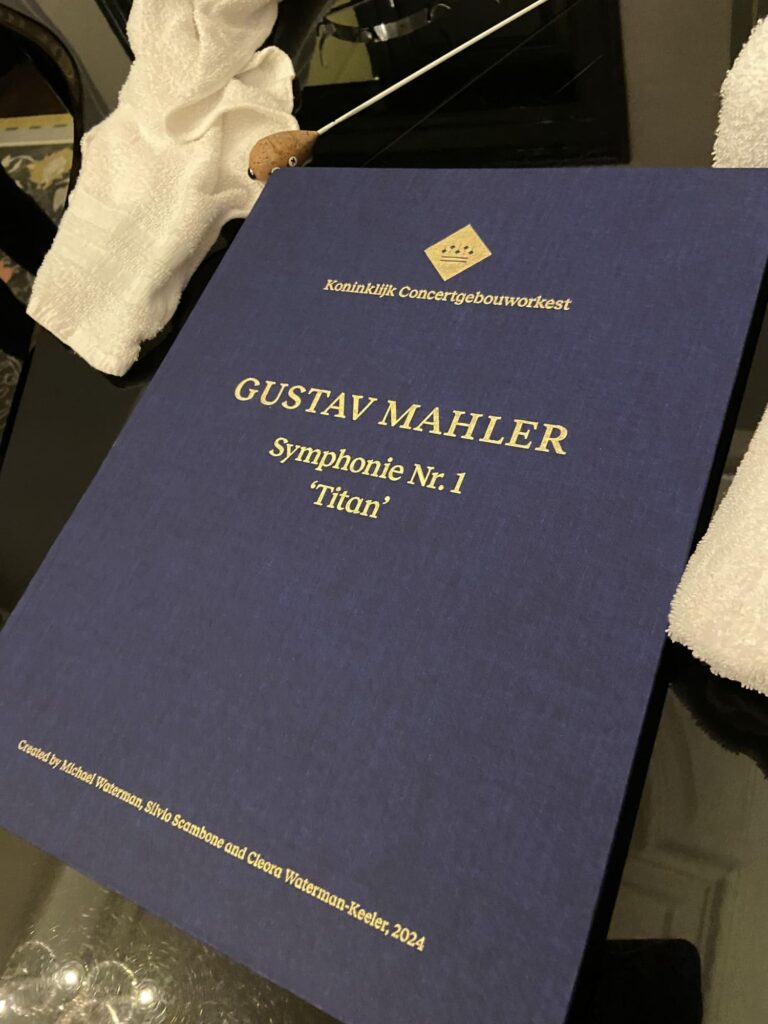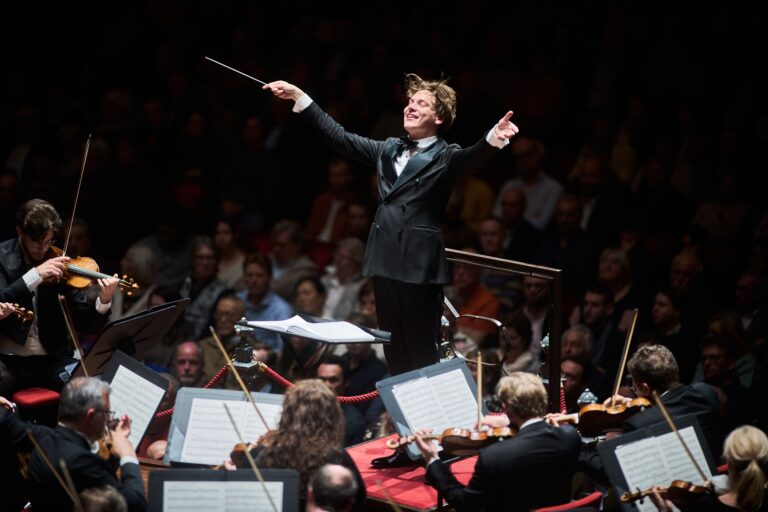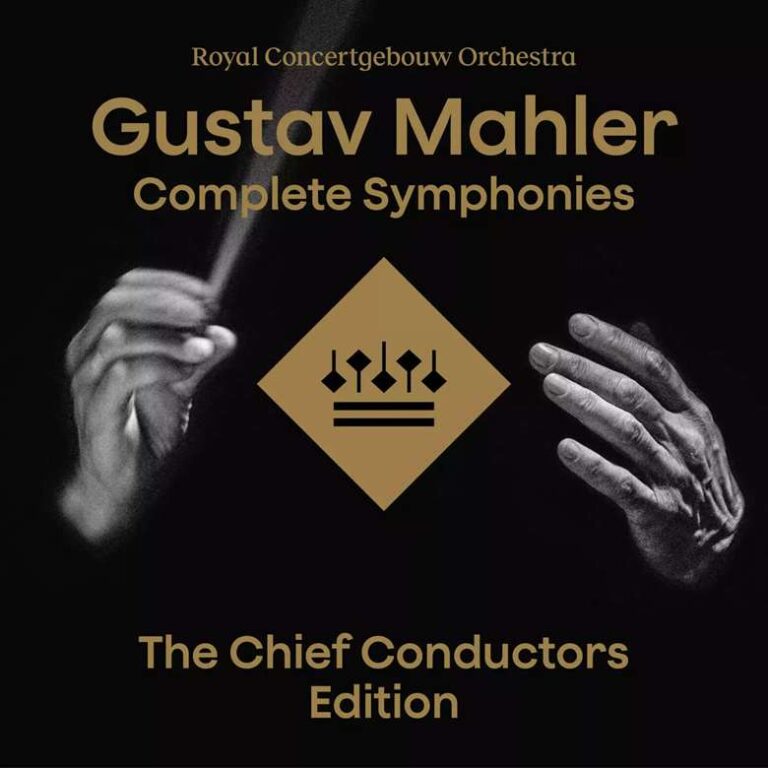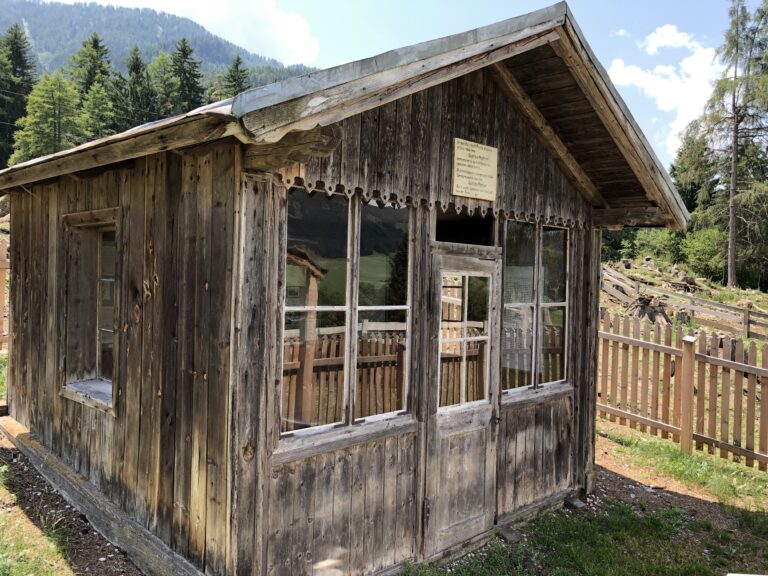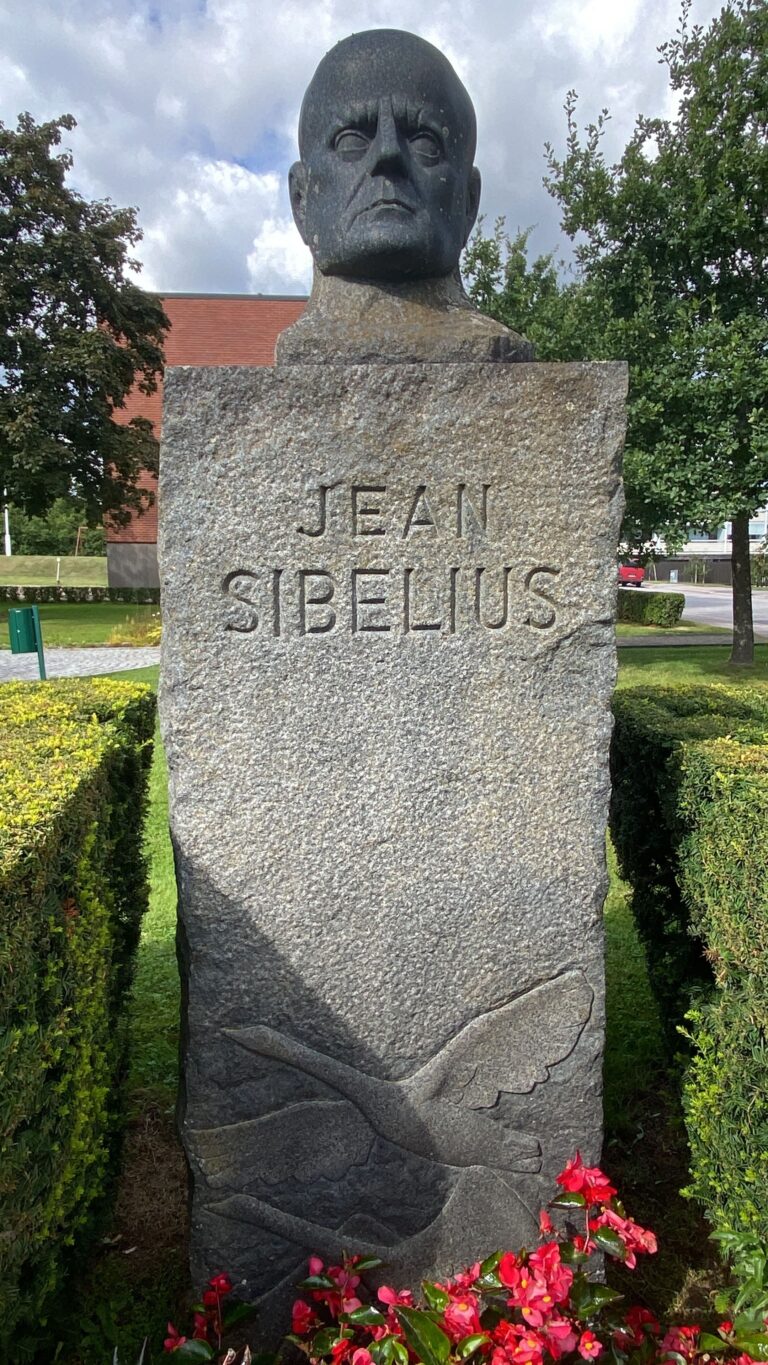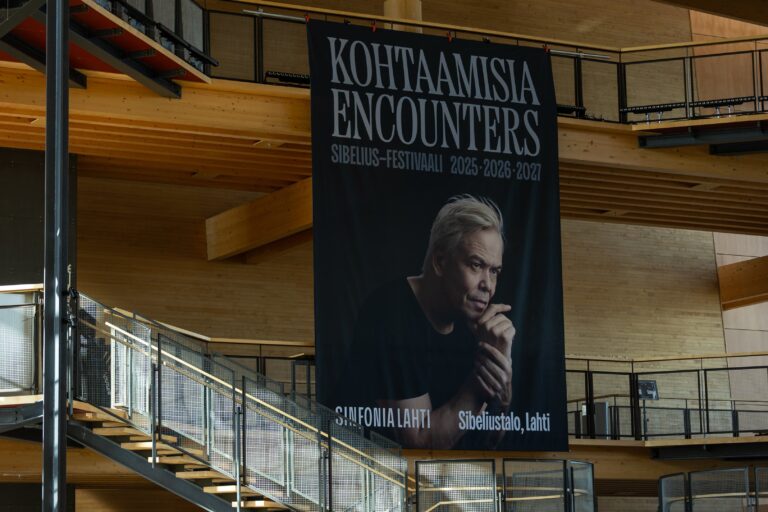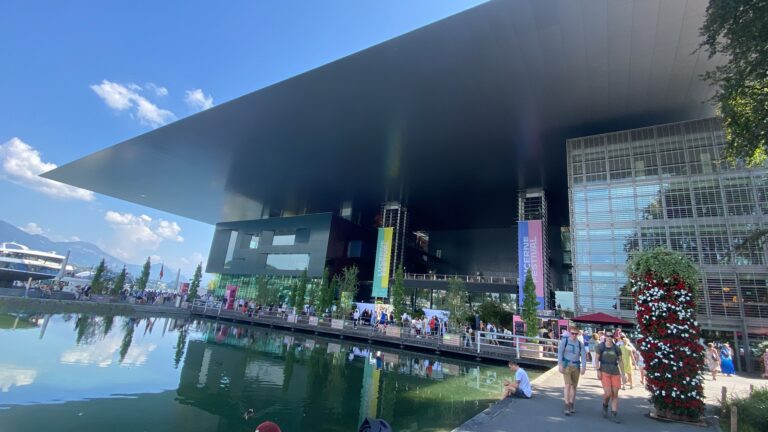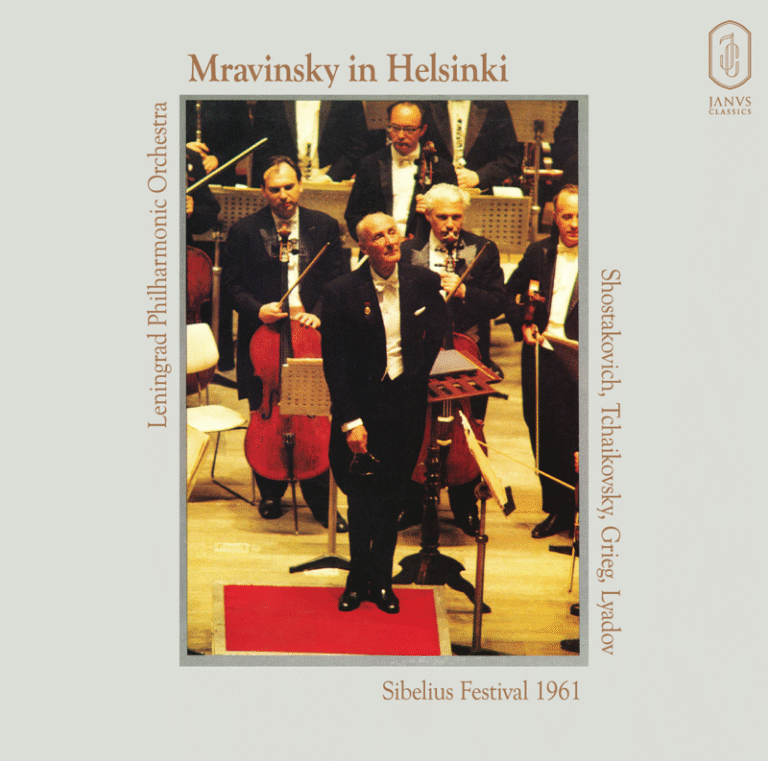Gustav Mahler’s First Symphony, often referred to as the Titan, marks a pivotal moment in the composer’s journey as he establishes himself as a symphonic giant. Composed between 1884 and 1888, this work represents Mahler’s inaugural foray into the symphonic form, where he seamlessly intertwines his profound affinity for nature, his philosophical contemplations, and his innovative orchestral techniques. The symphony underwent numerous revisions before reaching its final form, reflecting Mahler’s meticulous nature and his relentless pursuit of a composition that is at once deeply personal and universally resonant.
The First Symphony is frequently likened to the inception of Wagner’s Tetralogy, symbolizing the creation of a sonic universe emerging from the void of silence. The first movement, marked Langsam, schleppend, opens with a mysterious introduction that evokes the slow, deliberate awakening of nature. Mäkelä’s interpretation, with a duration of 16 minutes and 12 seconds, brings to mind the expansive opening of Beethoven’s Ninth Symphony, yet with a more elaborate development, as if it were the long-sought Beethoven Tenth. This movement is redolent of Rimbaud’s L’Aube—a poetic dawn teeming with nascent life and untold possibilities.
Klaus Mäkelä demonstrates an extraordinary sensitivity to the pastoral and youthful qualities that permeate Mahler’s music. His attention to detail, particularly within the string sections, is marked by a gentle, almost indulgent touch, allowing the movement to unfold like a broad hiking path through a verdant landscape, inviting the listener to savor each musical moment. A significant orchestral eruption occurs around the fourteenth minute, a carefully crafted climax met with spontaneous applause, though quickly tempered by the more reserved attendees.
In the second movement, Kräftig bewegt, doch nicht zu schnell, Mäkelä unveils a different facet of his conducting prowess. Here, he adopts an economy of means, reminiscent of Leonard Bernstein’s more restrained moments, where Bernstein would forgo his characteristic exuberance in favor of a more understated, playful direction. Mäkelä’s minimalist approach in this movement is deliberate and effective. He punctuates the music’s beats with precision, capturing the lilting, Ländler-like rhythms with a sense of amused, almost naïve charm. This 7-minute and 39-second movement showcases Mäkelä’s instinctive grasp of Mahler’s intentions, balancing rustic charm with a subtle underlying sophistication.
The third movement, lasting 11 minutes and 10 seconds, features the famous Frère Jacques theme, rendered in a haunting minor key. The cello, initially tentative, exudes a restrained melancholy, occasionally creating a slight but evocative misalignment with the timpani. This interpretation leans more towards the Viennese spirit, evoking the creamy richness of a Viennese waltz rather than the rawness of Bohemian life. While the movement may lack a bit of sardonic detachment, it remains rich in beautiful moments. A passage around the fifth minute hints at the Adagietto of Mahler’s Fifth Symphony, characterized by a soft, melancholic languor. As the orchestra becomes more agitated near the ninth minute, the transition to the fourth movement occurs seamlessly, without a break, as if the symphony itself is compelled to continue its narrative.
The fourth movement, which spans 18 minutes and 34 seconds, is nothing short of a titanic struggle—a deluge of sound that registers as a ten on the Beaufort scale. Mäkelä navigates this tumultuous conclusion with a blend of gravitas and discipline, evoking the image of a giant laboring under the weight of an inescapable fate. His interpretation already hints at the ominous blows of destiny that Mahler will explore fully in his Sixth Symphony. The strings, remarkably supple under Mäkelä’s direction, reflect his surprising ability to convey a premonition of tragedy, especially given his relative youth. However, one might question whether the intent behind the movement should be lighter, perhaps more ironic in its reflection on the past.
At the six-minute, 48-second mark, the music erupts with a fury that is both awe-inspiring and disquieting, creating moments of nobility and breathlessness in equal measure. By the tenth minute, the rustling of the forest returns, with secret threats subtly threading through the sonic landscape of this First Symphony. Moments of joy are consistently shadowed by an undercurrent of anxiety, a harbinger of the more profound adagios to come in Mahler’s later symphonies. Around the thirteenth minute, the symphony adopts an operatic grandeur reminiscent of La Traviata, almost directly quoted by Mahler and brought to vivid life by Mäkelä, who conducts with barely a gesture, perhaps just the faintest movement of his shoulders. The music inexorably builds towards a climactic finale at sixteen minutes and 23 seconds, where the horns and trumpets ascend in a triumphant flourish, eliciting an overwhelming response from the audience.
This final moment, though thrilling, invites reflection. It conjures memories of Claudio Abbado’s rehearsals with the Berlin Philharmonic after Karajan’s era, where a similar moment of exuberance was tempered by Abbado’s modest intervention, suggesting a shift in the interpretation of Mahler’s works with changing times. Mäkelä’s decision to adhere to this tradition provokes thought on the evolving nature of Mahlerian interpretation.

